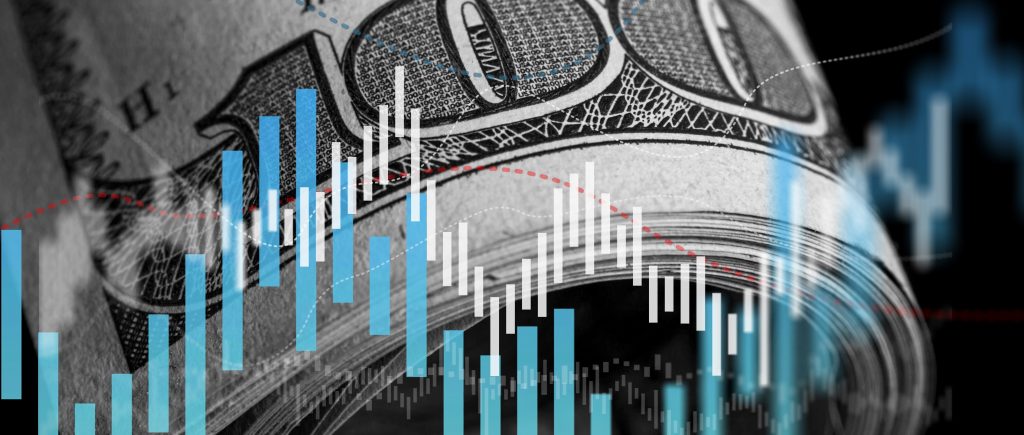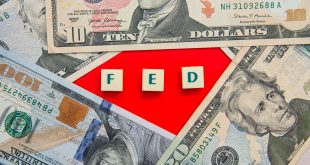The U.S. dollar hovered close to a six-week high on Friday, bolstered by safe-haven demand amid rising Middle East tensions and investor focus on the U.S. payrolls report, which could influence the future trajectory of U.S. interest rates.
The dollar index, which tracks the greenback against six major currencies, stood at 101.88, just below the six-week peak of 102.09 hit on Thursday. For the week, the index has climbed 1.5%, marking its strongest performance since April.
Despite a turbulent week, the yen rebounded, rising 0.5% to 146.18 per dollar, though it remained near its six-week low of 147.25 reached earlier in the week. Even with the recovery, the yen has declined 2.7% this week, its weakest weekly showing since May 2022. The decline was driven largely by comments from Japan’s new prime minister, Shigeru Ishiba, suggesting that rate hikes are not imminent, stoking expectations that the Bank of Japan (BOJ) will maintain a dovish stance.
Friday’s focus will be on the U.S. non-farm payrolls report, with economists surveyed by Reuters forecasting the addition of 140,000 jobs and unemployment remaining steady at 4.2%. This report follows data showing that the U.S. labor market remained stable at the end of the third quarter, contributing to speculation about the Federal Reserve’s next move.
While Fed Chair Jerome Powell has struck a more hawkish tone recently, signaling that large rate cuts are not forthcoming, market participants are now pricing in a 33% chance of a 50 basis-point rate cut in November, down from 49% last week. The Fed’s decision will likely hinge on Friday’s jobs data, with a stronger-than-expected report potentially viewed as dovish, as it could align unemployment with the Fed’s end-2024 target.
Dovish Signals From Japan
Investors have also been digesting dovish remarks from Japanese policymakers, with Prime Minister Ishiba stating that Japan’s economy is not ready for further rate hikes. This has led analysts to broadly expect the BOJ to hold rates in the near term, especially with Japan’s general elections approaching on October 27.
Elsewhere, sterling remains under pressure after sliding 1% on Thursday. The decline followed comments from Bank of England Governor Andrew Bailey, who indicated that the central bank could aggressively cut rates if inflation continues to ease.
With market uncertainty remaining elevated, especially due to the geopolitical risks in the Middle East, the focus now shifts to Friday’s payrolls data, which could shape investor sentiment moving forward.
 Noor Trends News, Technical Analysis, Educational Tools and Recommendations
Noor Trends News, Technical Analysis, Educational Tools and Recommendations





